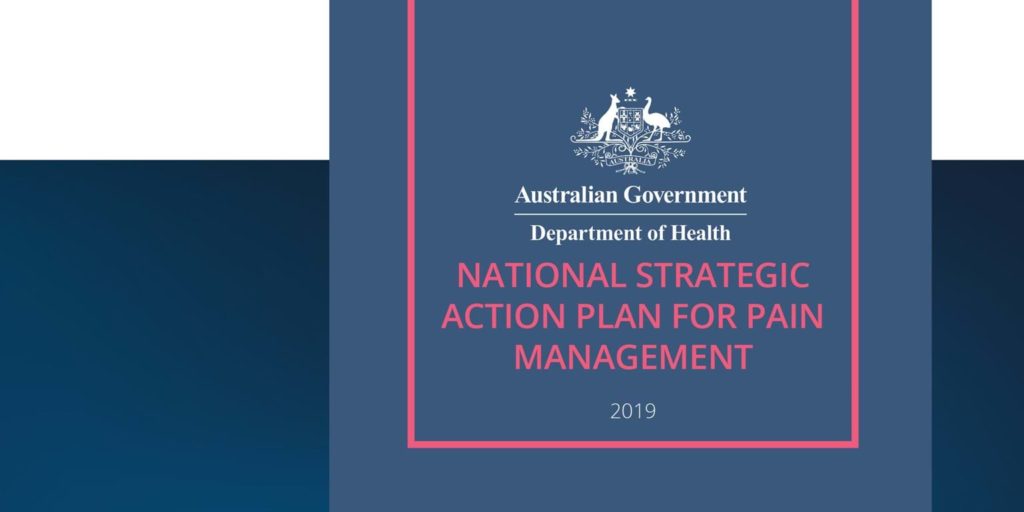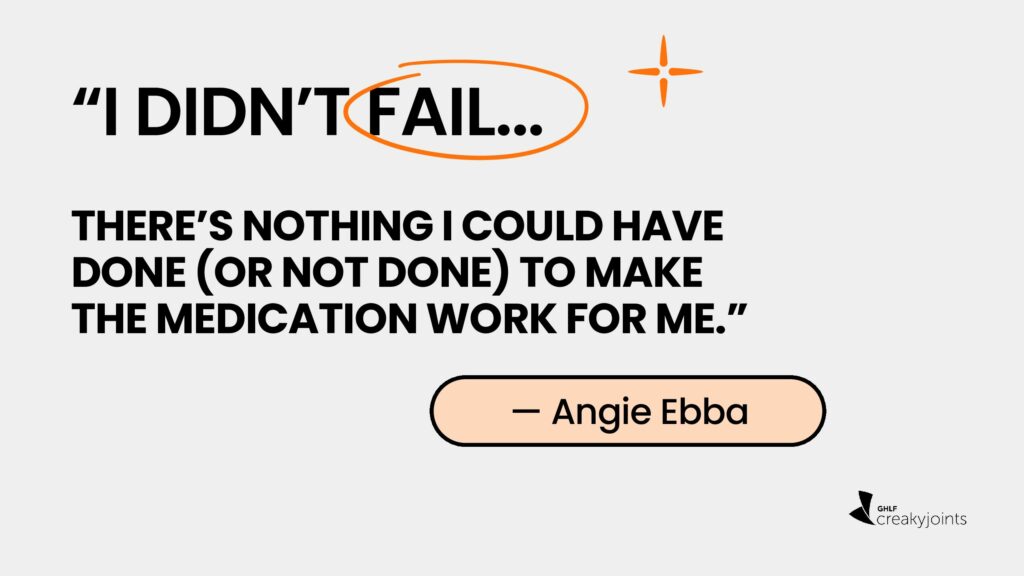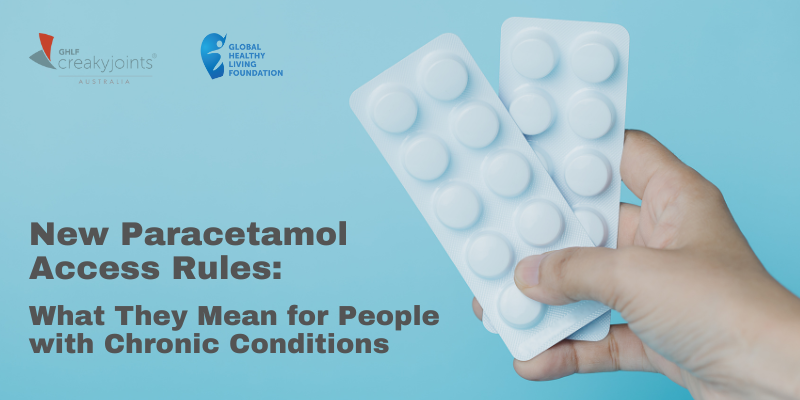The National Strategic Action Plan for Pain Management released in June 2019 by Pain Australia, shows that chronic pain affects more than 3.24 million Australians. Without action, that figure is expected to rise to 5.23 million Australians by 2050. (Chronic pain is defined as non-cancer pain that lasts longer than three months.)
The action plan also highlights that, by 2032, the projected number of cases of arthritis and other musculoskeletal conditions will increase by 43 per cent to 8.7 million and affect over 30.2 per cent of the population.
Why More Action is Needed to Help Those With Chronic Pain
Ongoing pain has a major impact on people’s ability to participate in work, education or the community.
Despite this, many people with chronic pain conditions struggle to receive adequate support on social, financial and systemic levels. This is especially true if they have more than one physical or mental health condition. Some of the most common challenges faced include:
Mental health and social stigma
Chronic pain conditions are often invisible, which makes them difficult to explain to others. Arthritis, in particular, is often dismissed as an “old person’s” issue, However, young or working aged people often have their arthritic pain diminished as a minor problem. They can even be accused of faking it.
We know there is a strong connection between chronic pain and mental health conditions like depression and anxiety. The 2018 Australia’s Mental and Physical Health Tracker showed that, of the 3.5 million Australians living with arthritis, almost 960,000 also live with a mental health condition.
Yet, there is also a significant stigma around discussing or admitting to pain. Sufferers often feel they are expected to “grin and bear it”. They may also feel grief for the life they used to lead or be reluctant to ask for help. Help is usually available for the physical aspects of pain, but access to mental health care can be fragmented, costly or even non-existent.
Finance and employment issues
Those with chronic pain who are employed have another set of challenges. Disclosing their condition at work or taking too many sick days could lead to discrimination or reduced pay. Sometimes, people are forced to choose between the work they want to do and the work they physically can do.
Healthcare costs such as medications, doctor’s appointments and physiotherapy all add up and can cripple people financially. The Action Plan noted that, in the last year, Australians paid $2.7 billion in out of pocket expenses to manage their pain. Costs to the health system were in excess of $12 billion.
Difficulty accessing and using pain management services
Up to 80% of people living with chronic pain are missing out on treatment that could improve their health, quality of life and workforce participation. including access to pain specialists and one-stop pain clinics that offer interdisciplinary care, but also services at the primary care level.
(Source: National Strategic Action Plan for Pain Management)
Most of Australia’s pain management services are located in major cities. That leaves the regional and rural areas significantly under-resourced in this area. Even in metropolitan areas, there is often a lack of communication between treatment providers outside of multidisciplinary clinics. For example, between hospital emergency departments and GPs.
Low awareness of how pain works
Pain itself is not generated at the site of any damaged cells. There are signals sent to the brain that something is wrong, but it is only when the brain processes all the related data that it subconsciously calls something painful and reacts to it.
According to the Action Plan, awareness of pain and pain management is also poor among health practitioners and consumers. For example, many clinicians follow outdated pain management practices or guidelines.
To complicate things, many chronic pain conditions (such as fibromyalgia) are hard to diagnose. These can easily be misdiagnosed by clinicians not familiar with them.
Confusion and controversy around pain management
Even though pain starts in the brain, it doesn’t mean that pain is “all in your head” or solely generated by your thoughts. It is a real physical occurrence that is also connected to things like our emotions, beliefs and memories. Therefore, pain management can include both physical and psychological therapies. However, a lack of consistent information about the vast range options available often leads to confusion and poor decisions.
The Action Plan also notes that there is an increasing reliance on opioid pain medications in Australia. Between 2007 and 2016 more than three-quarters of all drug deaths in Australia involved pharmaceutical opioids. It states that — in addition to the upscheduling of codeine medications in 2017 — more can be done to address the over-reliance on pain medications and its negative consequences.
While this is true, CreakyJoints Australia is also aware of many consumers who have been responsibly using pain medications for years. They now have to constantly justify their treatment plan to others due to the stigma that now surrounds it. Some don’t have many other medical options available to them. For others, their current medication regime allows them to participate in normal activities, such as working.
This issue highlights the need for the consumer voice to be present in all discussions related to implementing the Action Plan.
Goals of the National Action Plan for Pain Management
The primary goal of the Action Plan is for improved quality of life for people living with pain and for the pain burden for individuals and the community to be minimised. Eight key goals were also included in the Action Plan with specific objectives outlined for each one.
- People living with pain are recognised as a national and public health priority
- Consumers, their carers and the wider community are more empowered knowledgeable and supported to understand and manage pain
- Health practitioners are well-informed and skilled on best practice evidence-based care and are supported to deliver this care
- People living with pain have timely access to consumer-centred best practice pain management including self-management, early intervention strategies and interdisciplinary care and support
- Outcomes in pain management are improved and evaluated on an ongoing basis to ensure consumer-centred pain services are provided that are best practice and keep pace with innovation
- Knowledge of pain flourishes and is communicated to health practitioners and consumers through a national research strategy
- Chronic pain is minimised through prevention and early intervention strategies
- People living with pain are supported to participate in work and community
“The delivery of this Action Plan will require commitment and priority setting at all levels of government and by key partners including not-for-profit organisations, researchers, the private sector, individuals and communities … Real improvements in awareness of pain management will require whole-of-community engagement, while the improvement in access to interdisciplinary services will require strong partnerships between governments, health practitioners, primary health networks and consumers.”
(Source: National Strategic Action Plan for Pain Management)
What You Can Do to Help Improve Pain Management Outcomes in Australia
CreakyJoints Australia support Pain Australia in calling on all levels of government plus all relevant stakeholders to invest in implementing the National Strategic Action Plan for Pain Management. This will help to transform future outcomes and quality of life for people living with chronic pain.
As individuals, we can all speak up and ensure that we receive quality up-to-date care from all the health professionals and organisations we rely on for support.
Finally, you can help CreakyJoints Australia by supporting our advocacy initiatives. We are currently looking for a representative from Tasmania and from the Northern Territory to join the existing members from Australia and New Zealand on our CreakyJoints Australia Patient Council.





